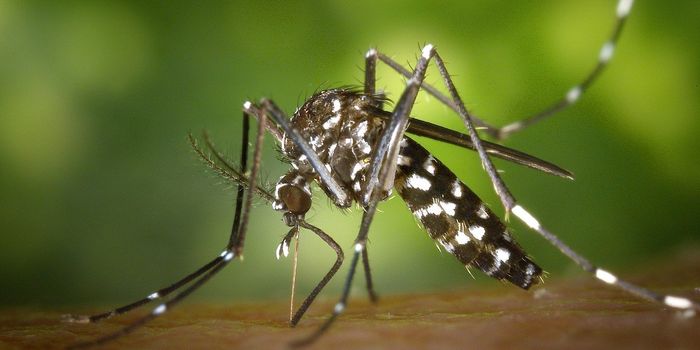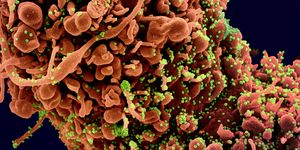Groups Led by Dominant Males Are Less Cooperative
A new research study utilized an animal model of social hierarchies, a cichlid fish called Astatotilpia burtoni, to show that when aggressive males lead a group, that group does not perform as well as a unit compared to groups led by subordinate males. When aggressive males dominate a group of these fish, there was less cohesion in task performance, if the task was completed at all. The findings suggest that passive individuals excel at bringing a group together. The work, which might help us understand how domination may interfere with effective communication, has been reported in the Proceedings of the National Academy of Sciences by an international team of researchers.
"The same traits that make you powerful in one context can actively reduce your influence in others, especially contexts in which individuals are free to choose who to follow," said the senior author Alex Jordan, a group leader at the Max Planck Institute of Animal Behavior and at the University of Konstanz's Cluster of Excellence Centre for the Advanced Study of Collective Behavior.
"Dominant individuals can force their will on the group by being pushy, but that also makes them socially aversive. When it comes to bringing peers to consensus during more sophisticated tasks, it is the least aggressive individuals that exert the greatest influence. Our results illustrate that although domineering individuals most often ascend to positions of power, they can in fact create the least effective influence structures at the same time."
Astatotilpia burtoni was useful for this research. "This species forms groups with strict social hierarchies, in which dominant males control resources, territory, and space," said the co-first study author and Mariana Rodriguez-Santiago, a graduate candidate in the lab of co-corresponding author Hans Hofmann at the University of Texas, Austin. "We ask if the colorful dominant males, which are aggressive, central in their social networks, and control resources, are most influential? Or if drab subordinate males wield the greatest influence, despite being passive, non-territorial, and having little or no control over resources."
The fish had to perform two kinds of tasks, one that focused on routine social behavior, while the other was more complex and had to be learned and communicated. Both examined the flow of information between the head of the group that was either a dominant or subordinate male. In the learned task, males were trained to learn when food would arrive; a colored light appeared in one tank location where the food would appear. The trained males, either dominant or subordinate, were then placed with a group of fish and exposed to the light.
Dominant males had a greater influence when it came to routine social interaction; they chased and pushed members of their group. But in the more complex task, the individuals had more of a choice about who to follow, and quickly, the group led by the subordinate male learned to follow him to reach the food as a coherent unit. The groups led by an aggressive male arrived at the food much later or never found it at all.
Machine learning informed this work by enabling the researchers to carefully track the fish with a far greater degree of precision that one gets with the human eye alone.
It showed that while dominant males were frequently interacting with others in their group, they were physically avoided. While their influence was central, their locations were peripheral.
"By capturing behavioral data that are impossible to be measured with the naked eye, our automated tracking methods revealed that it was not the difference in social position between dominant and subordinate per se, but rather in the way they moved and interacted with others," said the co-first study author Paul Nührenberg, a graduate candidate at the University of Konstanz. "These behavioral differences lead directly to differences in social influence."
"In many societies, whether animal or human, individuals in positions of power all possess a similar suite of traits, which are aggression, intimidation, and coercion," said Jordan. "But effective communication requires the presence of a diversity of voices, not just the loudest. Our results from a natural system show that allowing alternative pathways to positions of power may be useful in creating stronger advisory, governmental, and educational structures."
Sources: AAAS/Eurekalert! via University of Konstanz, Proceedings of the National Academy of Sciences









